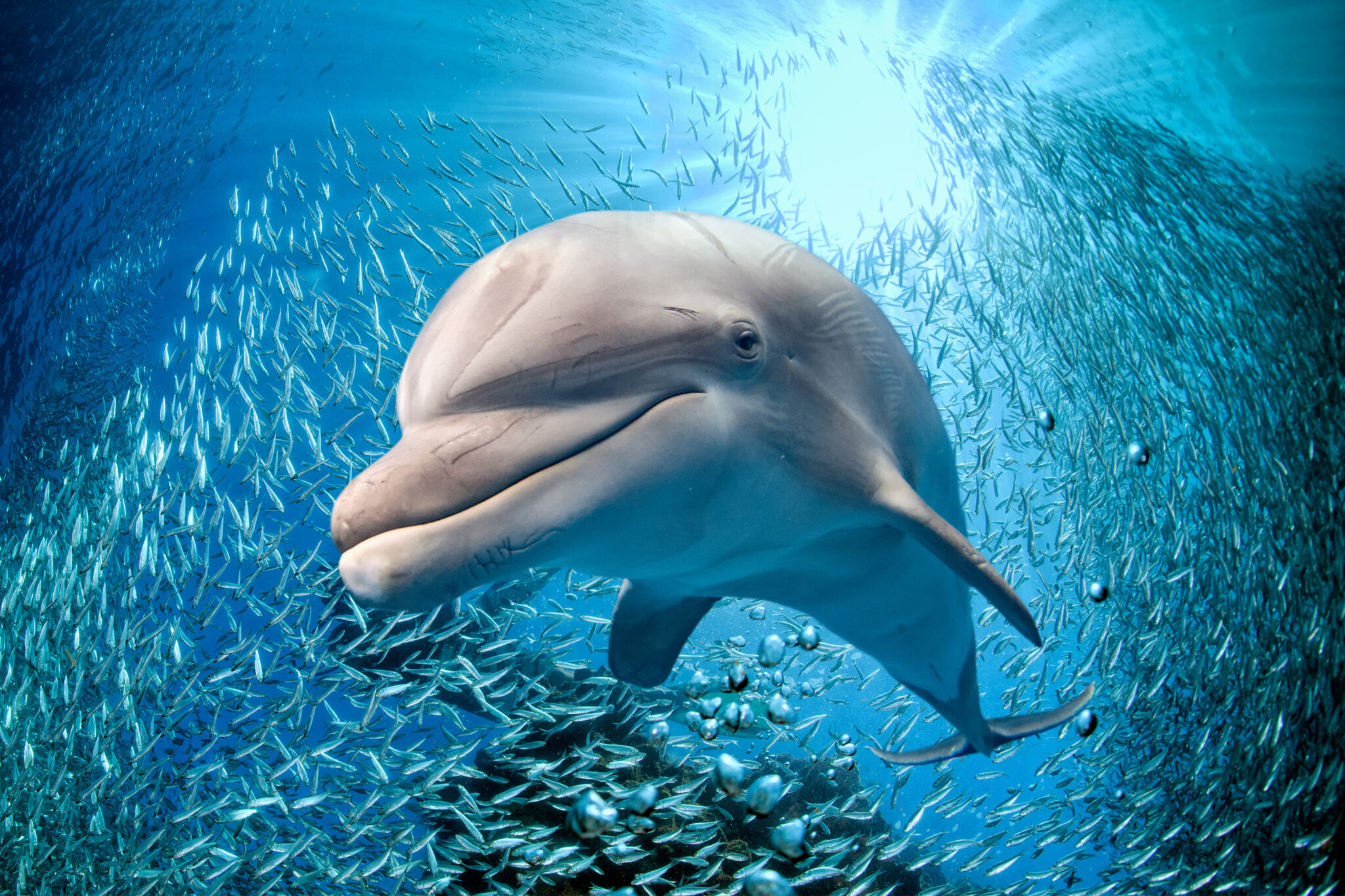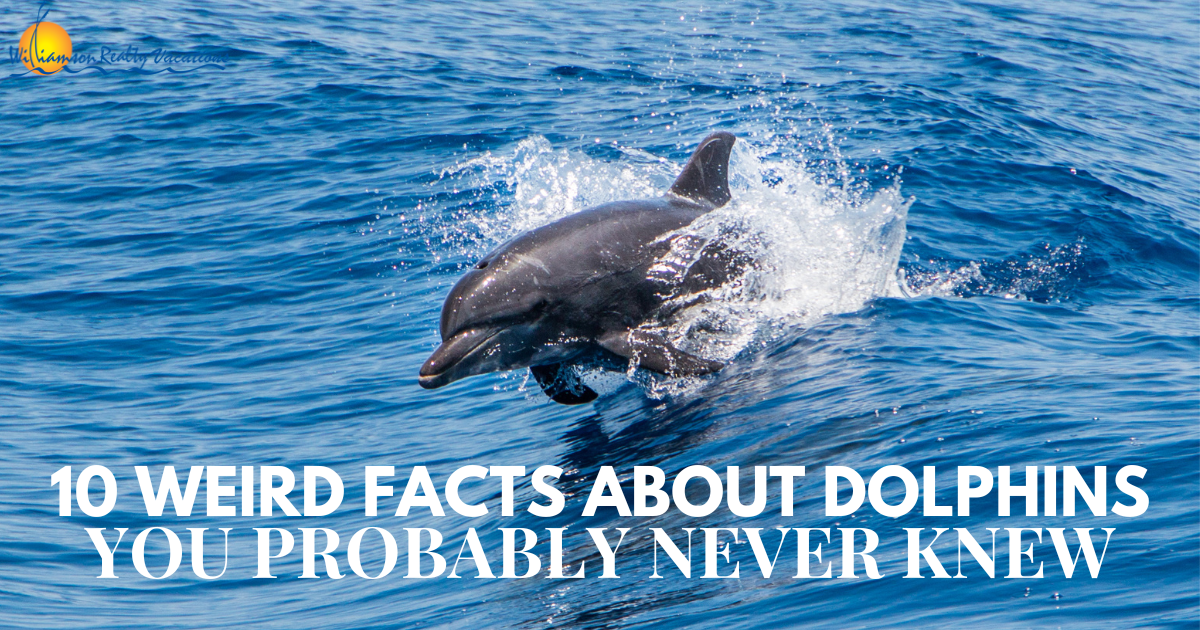Discover the Most Fascinating Dolphin Facts About Their Interaction Skills
Wiki Article
Introduction Dolphin Facts: Nature's Intelligent Marine Mammals
Dolphins, frequently regarded as one of the ocean's most intelligent citizens, display an interesting variety of actions and social structures that require closer examination. With over 40 distinct varieties, these aquatic mammals not only demonstrate amazing interaction skills and facility social interactions but likewise have sophisticated cognitive capacities that test our understanding of non-human knowledge.Dolphin Species Diversity
Dolphins are a diverse team of marine mammals belonging to the family Delphinidae, which includes over 40 distinct species. This family includes well-known varieties such as the typical bottlenose dolphin (Tursiops truncatus), the whale or awesome whale (Orcinus orca), and the risso's dolphin (Grampus griseus) Each varieties displays unique physical qualities, habits, and adaptations that allow them to grow in numerous marine environments.
Dolphin varieties differ dramatically in dimension, varying from the small Maui's dolphin (Cephalorhynchus hectori) at approximately 1.2 meters to the orca, which can reach sizes of up to 9 meters. Their coloration also varies, with some types displaying striking patterns that assist with camouflage or social signaling. Additionally, dolphins inhabit diverse environments, from coastal regions and estuaries to the open sea, showcasing their adaptability.
Study right into dolphin species variety highlights the eco-friendly relevance of these creatures, as they play vital functions in marine ecosystems. Comprehending the different species is crucial for preservation initiatives, as several deal with threats from environment air pollution, loss, and environment adjustment, necessitating targeted security procedures to ensure their survival.
Social Frameworks and Actions
The complexity of dolphin types is mirrored in their detailed social structures and habits. Dolphins are understood for their very social nature, typically developing groups called capsules, which can vary from a couple of people to over a hundred. These hulls are generally made up of relative, showcasing a matrilineal framework where women play a central duty in supporting and keeping social bonds offspring.
Furthermore, some types of dolphins, such as orcas, show complicated social actions that can include sub-pods or clans with distinct cultural practices. These social frameworks are crucial for the survival and well-being of dolphin populations, as they promote interaction, cooperation, and the transmission of knowledge across generations. Understanding these social characteristics is essential for preservation initiatives and the protection of their all-natural environments.
Interaction Strategies
Amongst the various techniques of interaction, dolphins use an innovative selection of communication techniques that promote social cohesion and sychronisation within their vessels. These strategies incorporate articulations, body movement, and echolocation, each offering unique features in their social interactions.Dolphins create a vast array of clicks, whistles, and pulsed sounds, which function as their main singing interaction. Each dolphin has a distinct signature whistle, comparable to a name, that enables people to identify each other also in big teams. These articulations can convey various messages, such as alerting others to danger or coordinating team movements during searching.
In enhancement to vocalizations, body language plays a crucial function in dolphin communication. Dolphin postures, such as jumping, rotating, or perhaps subtle shifts in positioning, share emotions and intents. As an example, aggressive displays might hinder rivals, while spirited actions can improve social bonds.
Echolocation, a biological sonar system, more help in navigating and hunting. By releasing acoustic waves and interpreting the returning mirrors, dolphins can find target and obstacles successfully, demonstrating their remarkable adaptability in complex marine atmospheres. Jointly, these dig this interaction techniques emphasize the detailed social lives of dolphins, highlighting their intelligence in navigating their undersea globe.

Knowledge and Issue Resolving
Recognized for their sophisticated interaction abilities, dolphins likewise exhibit exceptional intelligence and analytical capabilities that additionally boost their social interactions. Their cognitive capabilities are confirmed by their ability to learn complicated tasks, understand abstract concepts, and adapt to various ecological difficulties. Research has actually shown that dolphins can solve elaborate challenges, showing not only their cognitive versatility but also their capacity for planning and insight.Dolphins typically participate in cooperative searching approaches, showcasing their ability to work as a cohesive unit. This teamwork needs advanced analytical abilities, as they should evaluate their setting, recognize possible prey, and collaborate their actions to achieve an usual goal. Furthermore, dolphins have been observed making use of devices, such as marine sponges, to shield their noes while foraging on the ocean flooring, further exhibiting their cutting-edge analytical abilities.

Human-Dolphin Communications
Human-dolphin interactions have actually astounded fanatics and researchers alike, highlighting the complicated relationship in between these intelligent aquatic animals and humans. From old times, dolphins have actually been shown in art and folklore, signifying harmony and knowledge (Dolphin Facts). Modern communications range from scientific research study and conservation efforts to recreational tasks like dolphin seeing and swimming with dolphinsResearch study has demonstrated that dolphins have advanced social structures and communication abilities, which promote their communications with people. These experiences often foster psychological connections, with several people reporting sensations of happiness and empathy throughout such experiences. It is important to come close to these communications with care, as human tasks can interrupt dolphin actions and habitats.
Preservation initiatives increasingly concentrate on advertising responsible communications, making sure that human enthusiasm does not compromise dolphin welfare. Education programs aim to elevate recognition about the eco-friendly value of dolphins, emphasizing the requirement for lasting techniques. By comprehending the elaborate dynamics of human-dolphin interactions, we can foster a considerate conjunction that benefits both species and maintains marine communities for future generations. Inevitably, these interactions act as a tip of the extensive connections that can exist between people and the all-natural world.
Final Thought
In recap, dolphins exemplify impressive intelligence and adaptability within diverse aquatic atmospheres. Their complex social frameworks, advanced interaction techniques, and analytical abilities underscore the intricacy of their behaviors. Human communications with these aquatic mammals highlight the relevance of liable conservation efforts to guarantee their survival and the defense of their environments. Continued research study and recognition are essential for fostering a much deeper understanding of dolphins and promoting their well-being in a significantly endangered ecological community.Dolphin varieties differ significantly in size, ranging from the little Maui's dolphin (Cephalorhynchus hectori) at around 1.2 meters to the whale, which can reach sizes of up to 9 meters. Dolphins display a variety of social interactions, consisting of brushing and physical call, which offer to enhance relationships and develop hierarchies.
Acknowledged for their advanced communication abilities, dolphins likewise show amazing knowledge and problem-solving capacities that even more Go Here boost their social interactions. Modern interactions vary from clinical research study and conservation efforts to recreational tasks like dolphin watching and swimming with dolphins.
Research study has shown that dolphins possess progressed social frameworks and communication abilities, which promote their interactions with humans.
Report this wiki page